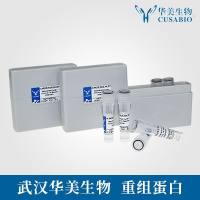Creating Transient Cell Membrane Pores Using a Standard Inkjet Printer
互联网
实验材料
|
Discontinued from manufacturer. Purchased refurbished DEC Trader. |
|||
实验步骤
1. Converting the HP DeskJet 500
a) In the HP DeskJet 500, these are found just below the paper tray towards the left of the front.
2. Converting Stock HP Ink Cartridges (HP 26 Black ink cartridge)
4) Using screwdrivers, pry off the clear plastic piece now exposed.
5) Empty any remaining from the reservoir.
6) Remove the plastic protective tape covering the printer contacts and print head.
7) Thoroughly flush the reservoirs with water.
a) Use a pipette or syringe to push water through the channels.
8) When the water runs clear, allow the cartridge to dry.
3) After sonication, remove the cartridge from the water, and shake out excess water.
4) Spray 70% ethanol into the cartridge to create a more aseptic environment.
a) Ensure that the ethanol has dried before adding the bioink printing solution.
4. Making Cell Suspension - "Bioink"
1) Culture cells until ready to passage.
4) Resuspend the cells in PBS with fluorescent g-actin stock solution to create bioink.
b) Note that 250 μl of bioink prints three cover slips with the pattern shown in Figure 2.
1) Power on and let the printer warm up.
3) Create a printing pattern file.
a) Open Microsoft Word (or any other drawing software), and draw the desired pattern.
b) Pick a desired print pattern for cell printing in the premade file.
4) Load the prepared cartridge with desired cell suspension.
5) Print the file with the HP Deskjet 500 Printer.
6) Printer will warm up again, then cartridge will move to the "ready position".
References:
1. Calvert, P. Materials science. Printing cells. Science. 318 (5848), 208-209 (2007).
21. Langer, R. & Vacanti, J.P. Tissue engineering. Science. 260 (5110), 920-926 (1993).









